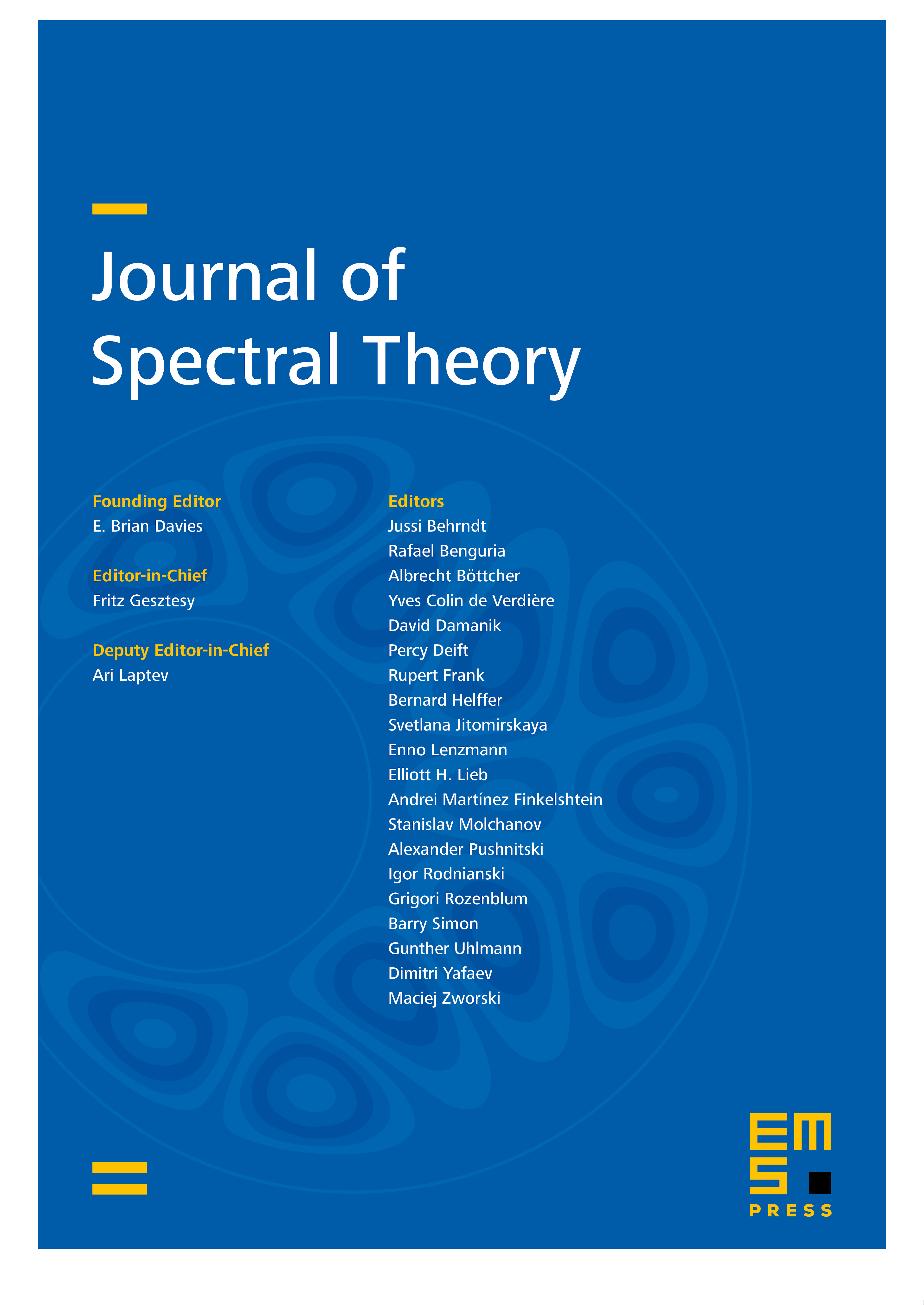Approximate Quantum and Acoustic Cloaking
Allan Greenleaf
University of Rochester, USAYaroslav Kurylev
University College London, UKMatti Lassas
University of Helsinki, FinlandGunther Uhlmann
University of Washington, Seattle, United States

Abstract
For any , we construct a sequence of bounded potentials , supported in {an annular region ,} which act as approximate cloaks for solutions of Schrödinger's equation at energy : For any potential {such that is not a Neumann eigenvalue of in }, the scattering amplitudes as . The thus not only form a family of approximately transparent potentials, but also function as approximate invisibility cloaks in quantum mechanics. {On the other hand, for close to interior eigenvalues, resonances develop and there exist almost trapped states concentrated in .} We derive the from singular, anisotropic transformation optics-based cloaks by a de-anisotropization procedure, which we call \emph{isotropic transformation optics}. This technique uses truncation, inverse homogenization and spectral theory to produce nonsingular, isotropic approximate cloaks. As an intermediate step, we also obtain approximate cloaking for a general class of equations including the acoustic equation.
Cite this article
Allan Greenleaf, Yaroslav Kurylev, Matti Lassas, Gunther Uhlmann, Approximate Quantum and Acoustic Cloaking. J. Spectr. Theory 1 (2011), no. 1, pp. 27–80
DOI 10.4171/JST/2